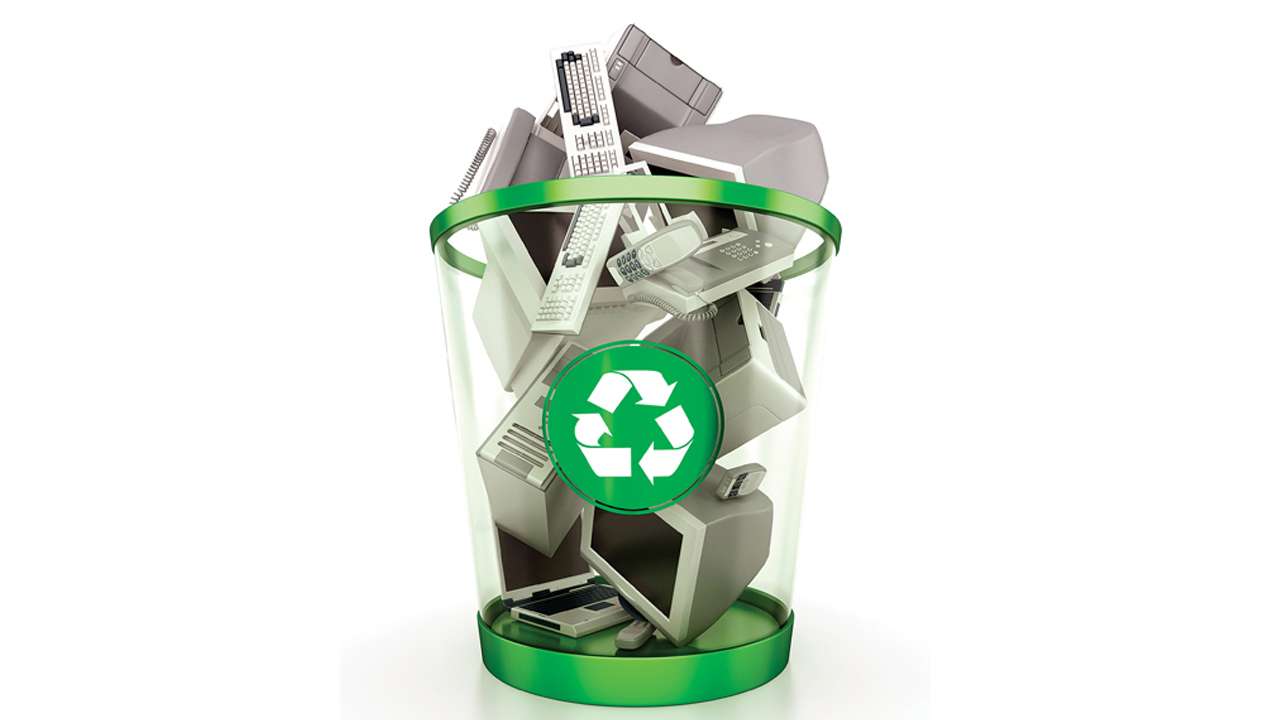
A recent news story on Eric Lundgren has an interesting connect with all our lives. Let’s see what the connection is. As we wake up each day, we reach out to the mobile, unplug the charger, turn on the light, and head to start the day by using some more switches and gadgets ranging from laptops and coffee makers to the microwave oven, toaster, blender, dishwasher, washing machine, water-heater, television and music system.
And a little later, as we step into our offices, there are the computers, copiers, paper shredders — an endless list of such devices and things that have become a ‘can’t-do-without’ in most modern lives across the world.
With a fragile, short and unpredictable life, largely due to rapid technological advances, these have increasingly become ‘use-and-throw’. Given the rapid and rabid pace of obsolescence, these devices then quickly become a part of the alarmingly increasing and dreaded
‘e-waste’ debris. India has the distinction of emerging as the second largest mobile market in the world. But, it also has the collateral fallibility of being the fifth largest producer of e-waste (Assocham & KPMG, 2016). Telecom equipment alone accounts for 12 per cent of the 18.5 lakh metric tons of e-waste.
Some years ago, passing by the Dharavi slums in Mumbai, one learnt about this huge e-waste recycling hub, with nearly a hundred thousand workers who pull apart and refurbish nearly half a million tons of e-waste annually.
All kinds of e-waste ranging from mobiles to keyboards to washing machines and wires are all processed here, with informal yet very well-organised forward and backward linkages.
This is done manually, without the required safety gear, with participation of older women, men and children. While this could be done with greater concern for safety and health, this recycling is surely desirable for a better planet.
This genuine idea of recycling e-waste on a massive scale may ignite a young mind there to metamorphose into a ‘slumdog millionaire’!
This may have been the train of thought that made our subject, Eric Lundgren, take on this avocation. As a teenager, he became an American town’s computer recycler, given his talent and commitment to fixing or reusing computer parts. Realising that 95 per cent of the computer parts such as battery, motor and circuits are generic, he started reusing them in wheelchairs and many other electronic appliances.
He started working on this over the last several decades on a massive scale. With his commitment to the cause and hard work, he refurbished and sold 40,000 computers a year for his first big client, American Airlines. His client list went on to add the likes of Dell, Asus, Lenovo and Coca-Cola, whose discarded computers he would handle.
Taking a curious turn, almost of a ‘David and Goliath’ kind, he was convicted of conspiracy for ripping off Microsoft for copyright infringement. Eric Lundgren believed that making and selling recovery discs to refurbishers of computers would encourage more users to reuse, rather than discard them. Yet, Eric was convicted of conspiracy and copyright infringement, which brought a 15-month prison sentence and a $50,000 fine.
This is akin to the story of Devdutt, a cousin of Buddha, who hunts a bird. Buddha picks up the wounded, fallen bird and nurses it back to life, only to find that Devdutt demands the bird, as it was he who hunted it. This questions the very basis of claim to ‘ownership’ — the one who kills or the one who nurtures?
However, in a welcome twist, the appeal court granted an emergency stay, giving Lundgren another chance. Whatever be the outcome, let the likes of Eric Lundgren and millions of others who care for the planet get greater understanding from all.
Let’s make up our minds to wean away from ‘use-and-throw’ culture to the ‘repair-recycle-and-reuse’ paradigm.